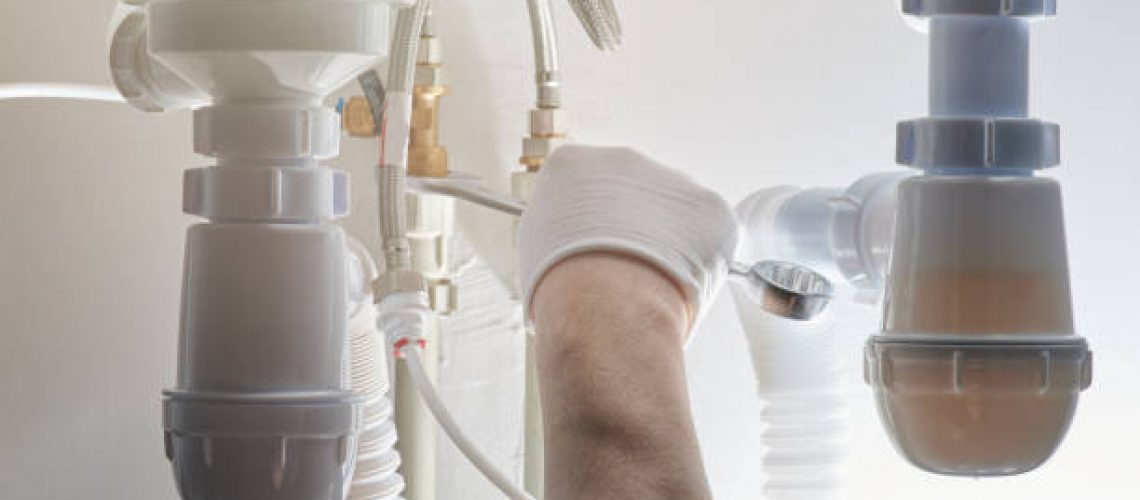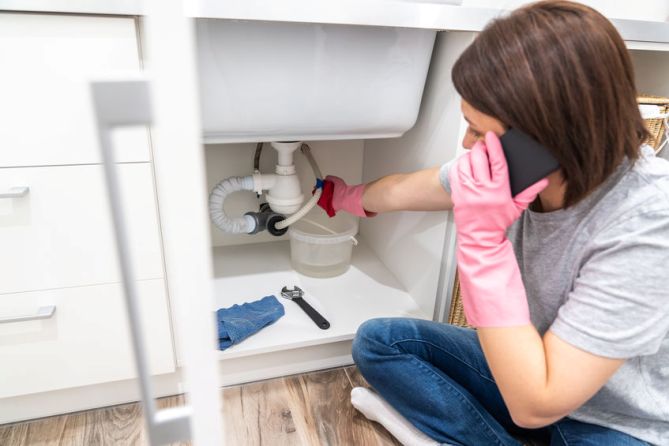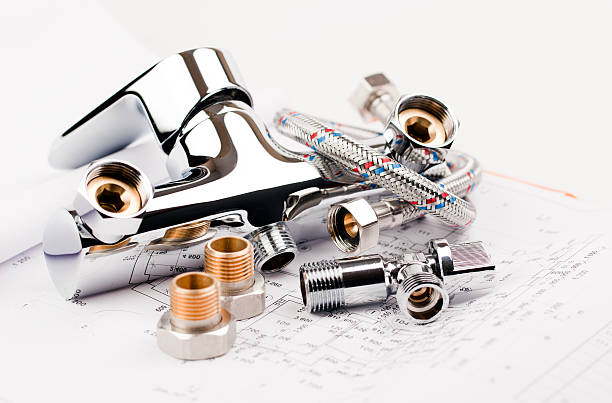There is a possibility that your home’s plumbing is out of date unless it was installed very recently or it is just a few years old. Pipes are susceptible to damage from the weather over time, which may lead to corrosion, rust, and ultimately deterioration. You do not, however, have to live in constant worry that there will be a leak or that raw sewage will be streaming under your home or into your basement. Before anything catastrophic happens, you should be on the lookout for these indications that indicate it’s time to update the plumbing in your house.
Discoloration of the Water
If you don’t get your water from a well and don’t reside in a remote location, discolored water is typically something to be concerned about. It could mean that corrosion in your pipes is causing rust to accumulate in the water as it travels through them, which gives the appearance of brown or black water. Mineral deposits have the potential to choke pipelines if they are not properly managed, which would result in increased pressure. The pipes finally burst as a result of the constant pressure that was being applied to them, resulting in extensive damage. If you think your pipes may have rust or corrosion, you should have one of our skilled professionals take a look at them as soon as possible.
Pipe Material
Depending on the year in which your house was constructed, the plumbing system most likely made use of a variety of different materials. Pipes made of PVC (polyvinyl chloride), copper, or brass are used in the majority of today’s contemporary systems. Cast iron, lead, and galvanized steel were common construction materials in ancient structures. You should be aware of the lifespan of each of these plumbing goods, regardless of the material they are made of so that you can determine whether or not you need an update. PVC pipe has a lifespan of 24 to 45 years, but galvanized steel, cast iron, and brass all have a lifespan of 80 to 100 years. Copper has a lifespan of 70 to 80 years.
If you live in an older home, you may want to check to see what kind of pipe material your home uses, but if you own a newer home, you shouldn’t have to worry about this issue. Even if you discover that your pipe is just a few years old, you should still think about signing up for our preventative maintenance plan. This plan may help you avoid any difficulties that may arise in the future.
However, the situation is quite different when it comes to lead pipes. Lead is very poisonous, and it is possible for a person to wind up in the hospital if they drink enough of it. The amount of lead that is present in each pipe may be determined by testing; if the quantity is more than what is recommended by the government, you should immediately stop using the water supply.
Insufficient Water Pressure
It might be challenging to determine the source of the issue when you have low water pressure when taking a shower or while you are washing dishes in the sink. It’s possible that you just have a clog in your plumbing, or it might be that your pipes have leaks or pinholes that are causing the water pressure to be lower than normal. In addition to causing damage to your foundation and framework, leaking pipes may also cause wood to rot and mold to develop. In addition, mold has a negative impact on the air quality, which is difficult to improve without the use of additional equipment such as an air purifier. It is recommended that you begin by using a standard drain cleaner to see whether or not this resolves the issue. The attention of a plumber or another experienced specialist is required in the event that difficulties persist.
Use Exposed Pipes as a Guideline
If your home is sixty years old or older, there is a good probability that you have some pipes that are not covered that are located somewhere within the house. In most homes, the plumbing system will run via the basement, which may provide you with valuable information on the state of the pipes located throughout the rest of the house. Examine each of the pipes for any signs of abnormality, such as discoloration, peeling, dimpling, lumps, and anything else that seems out of the usual.
In addition to this, you will need to search for pipes or other areas that exhibit evidence of moisture collection as well as pools of water. This will sound an alarm if there is rust or if the pipes aren’t sealing properly. This does not necessarily imply that you need to completely redo the plumbing in your home; in some cases, the pipes merely need to be tightened up. On the other hand, if there is a large amount of leakage, it is time to begin contemplating an update.




